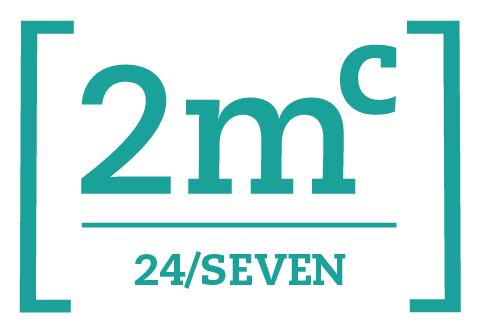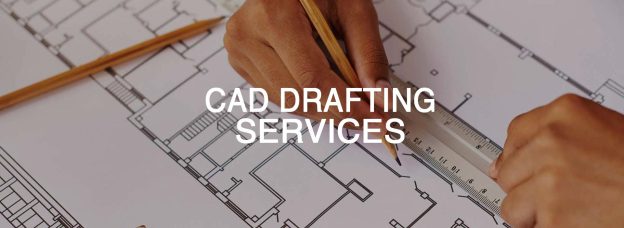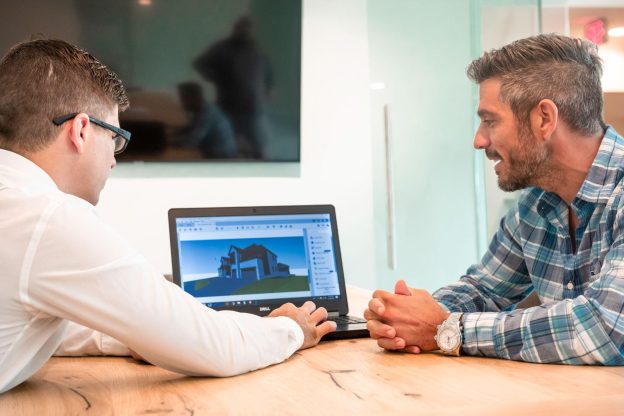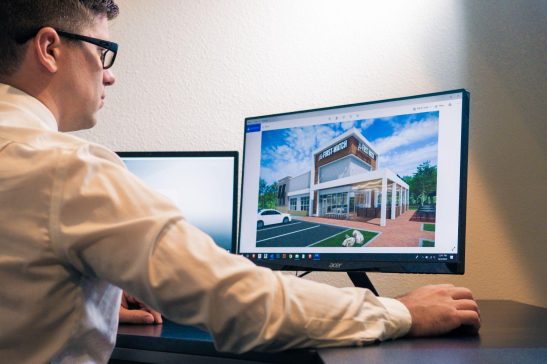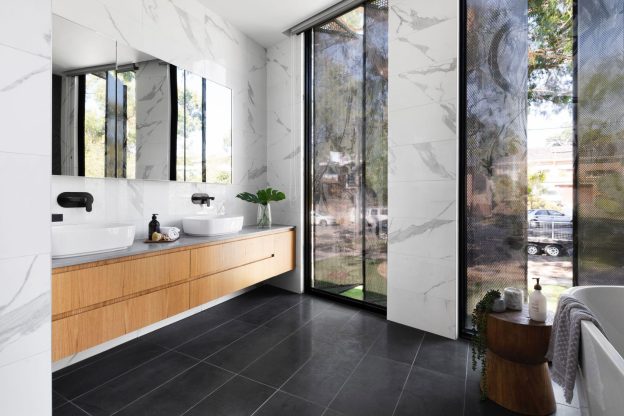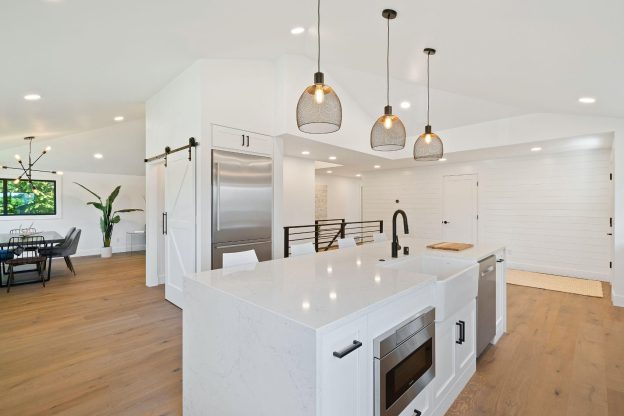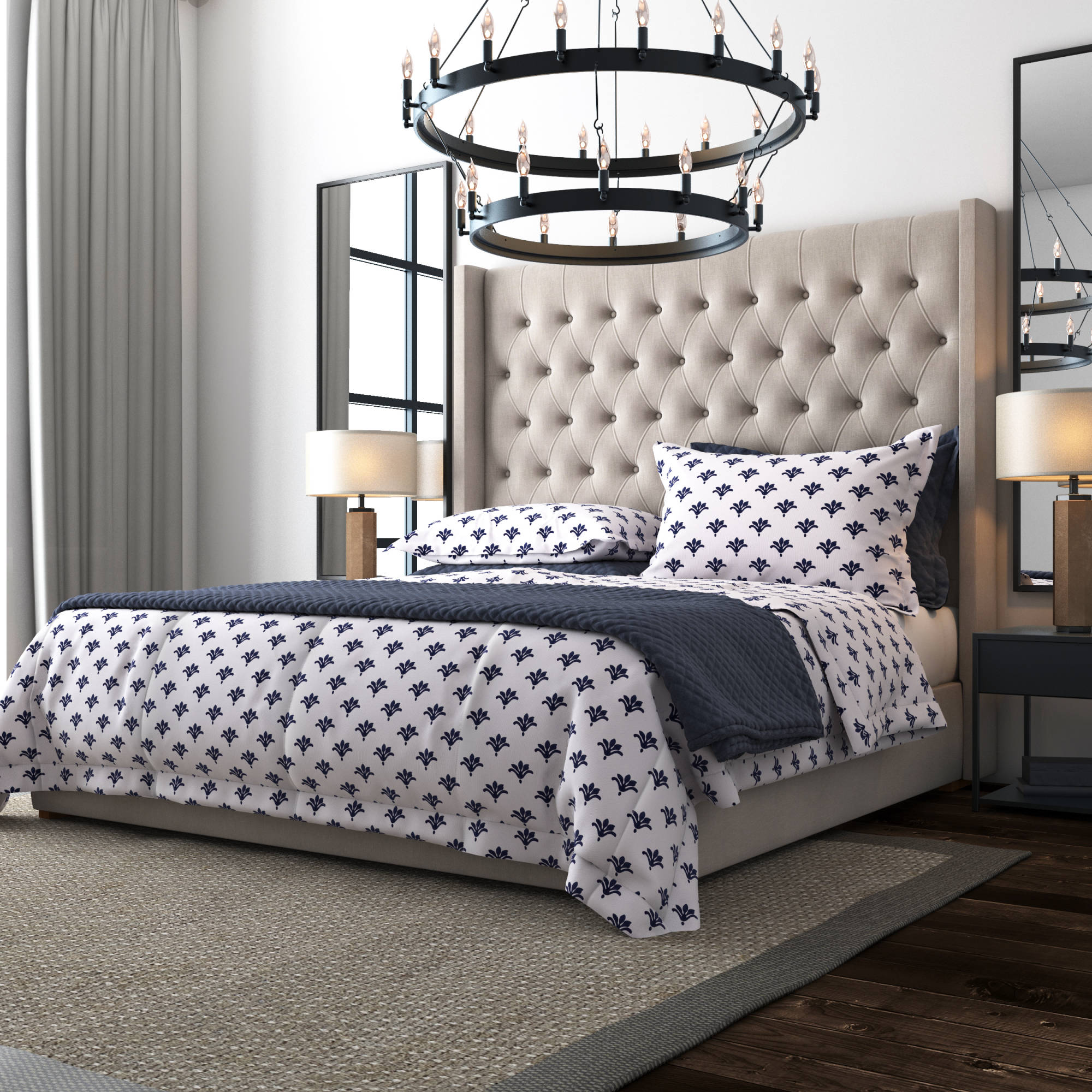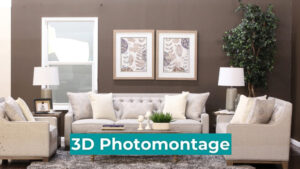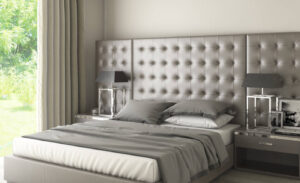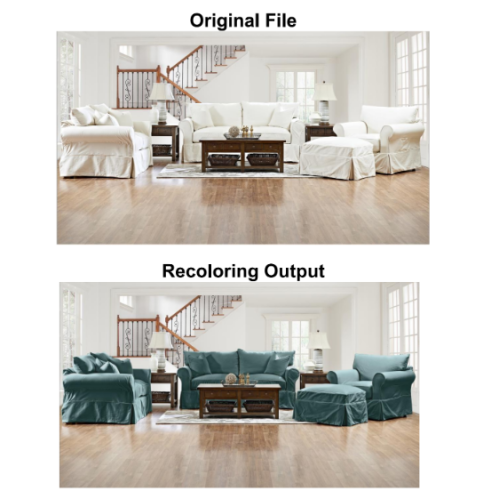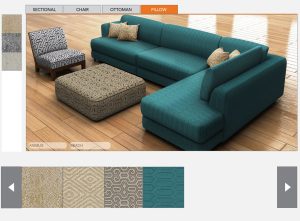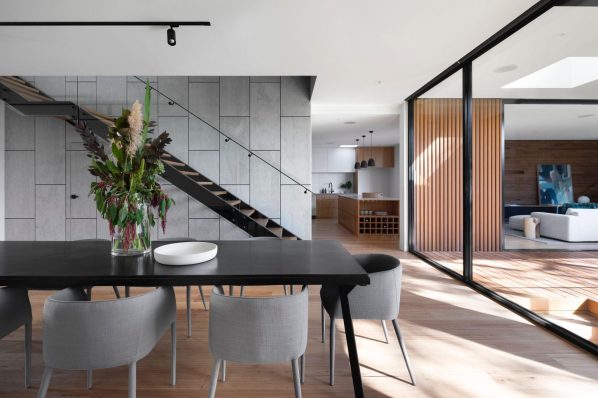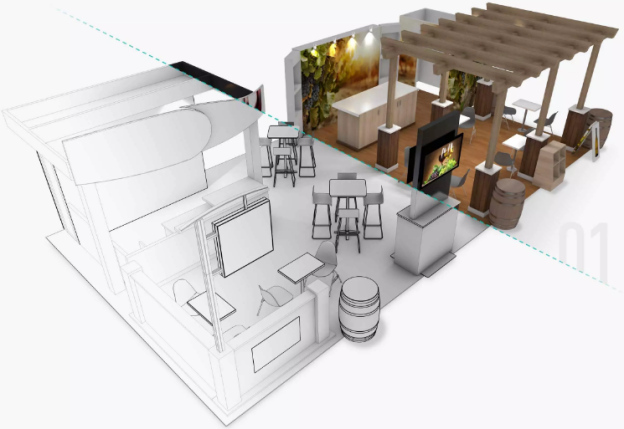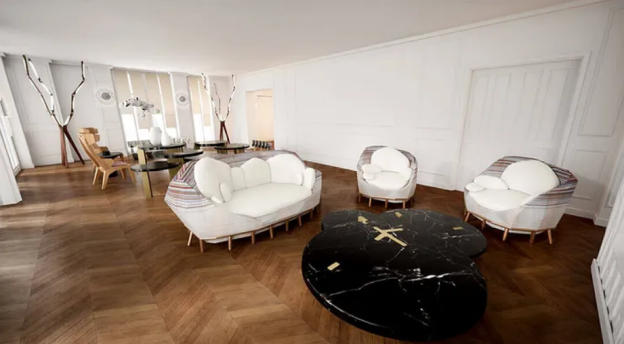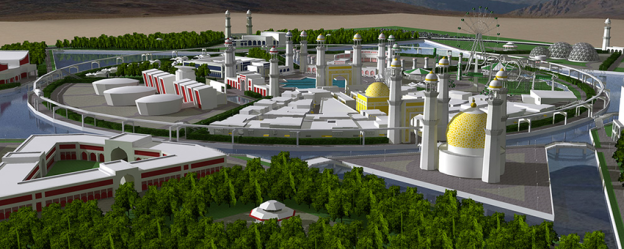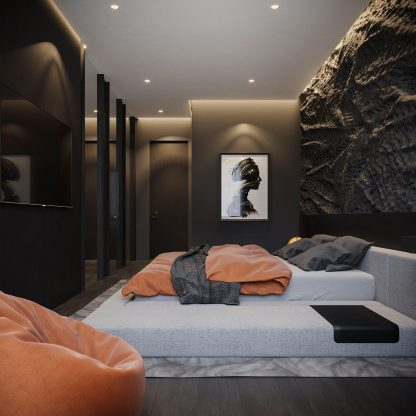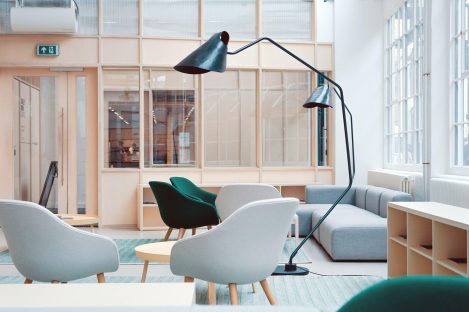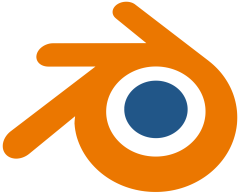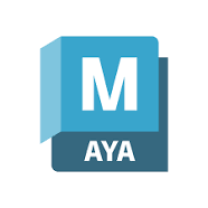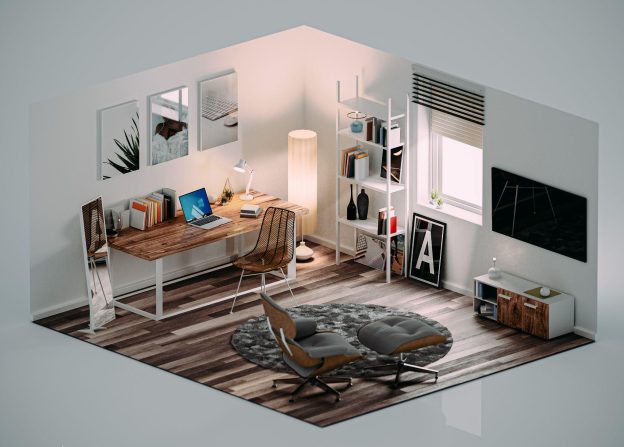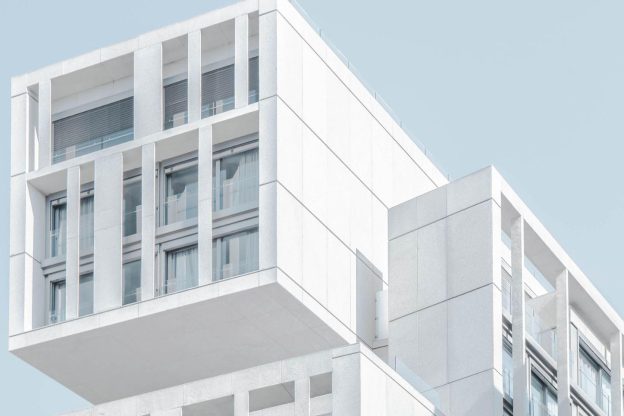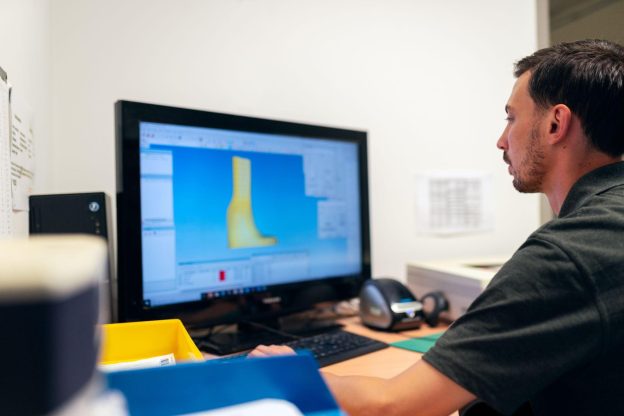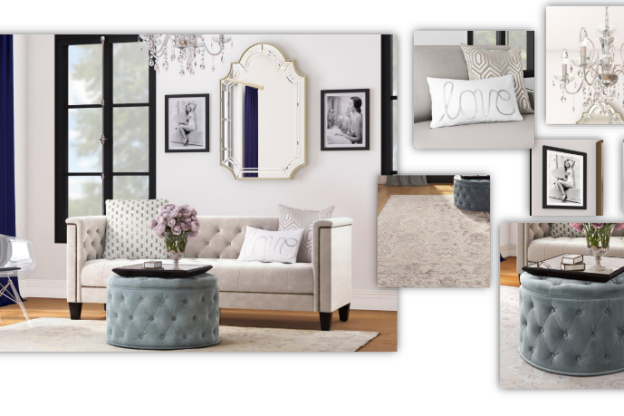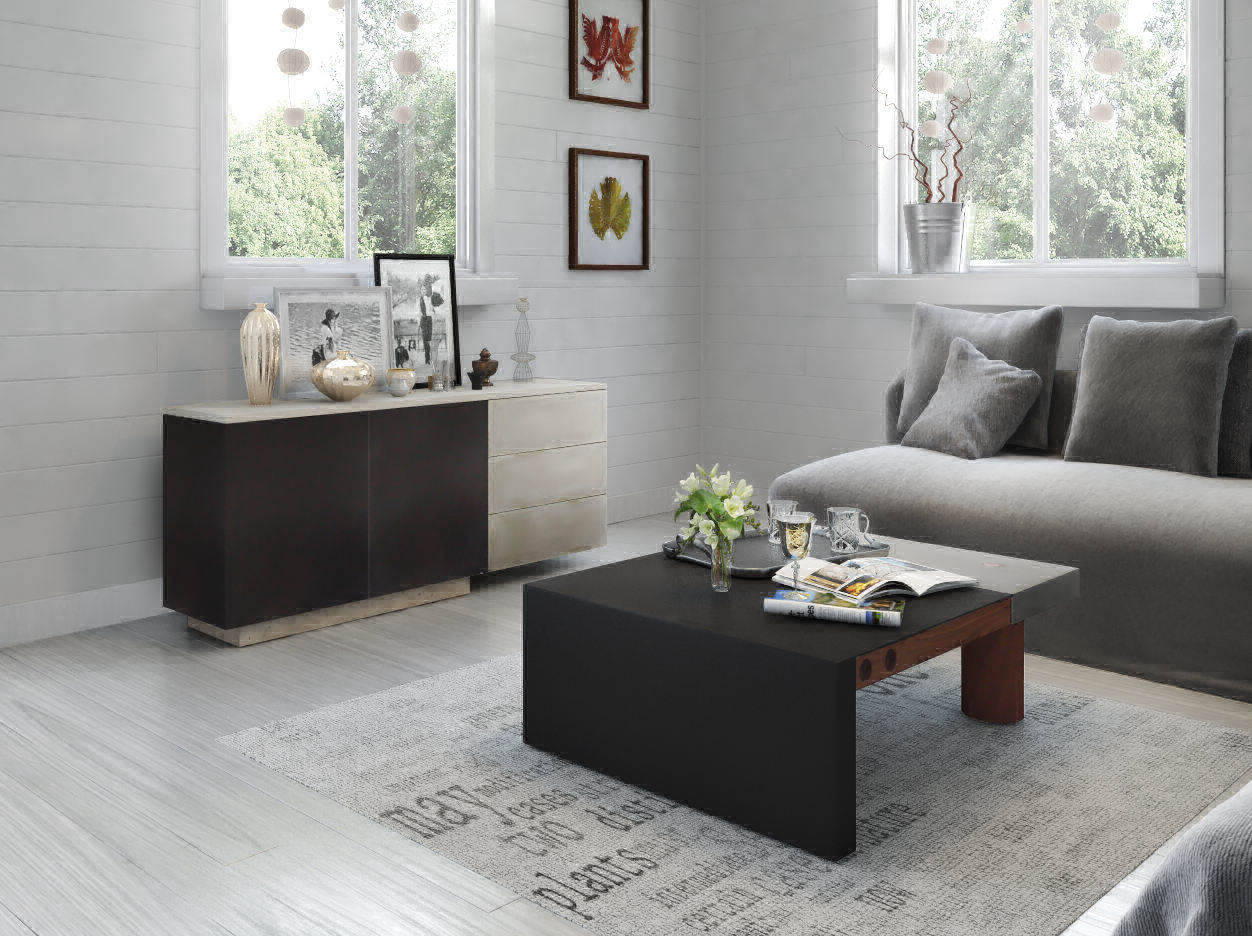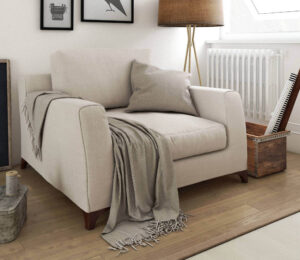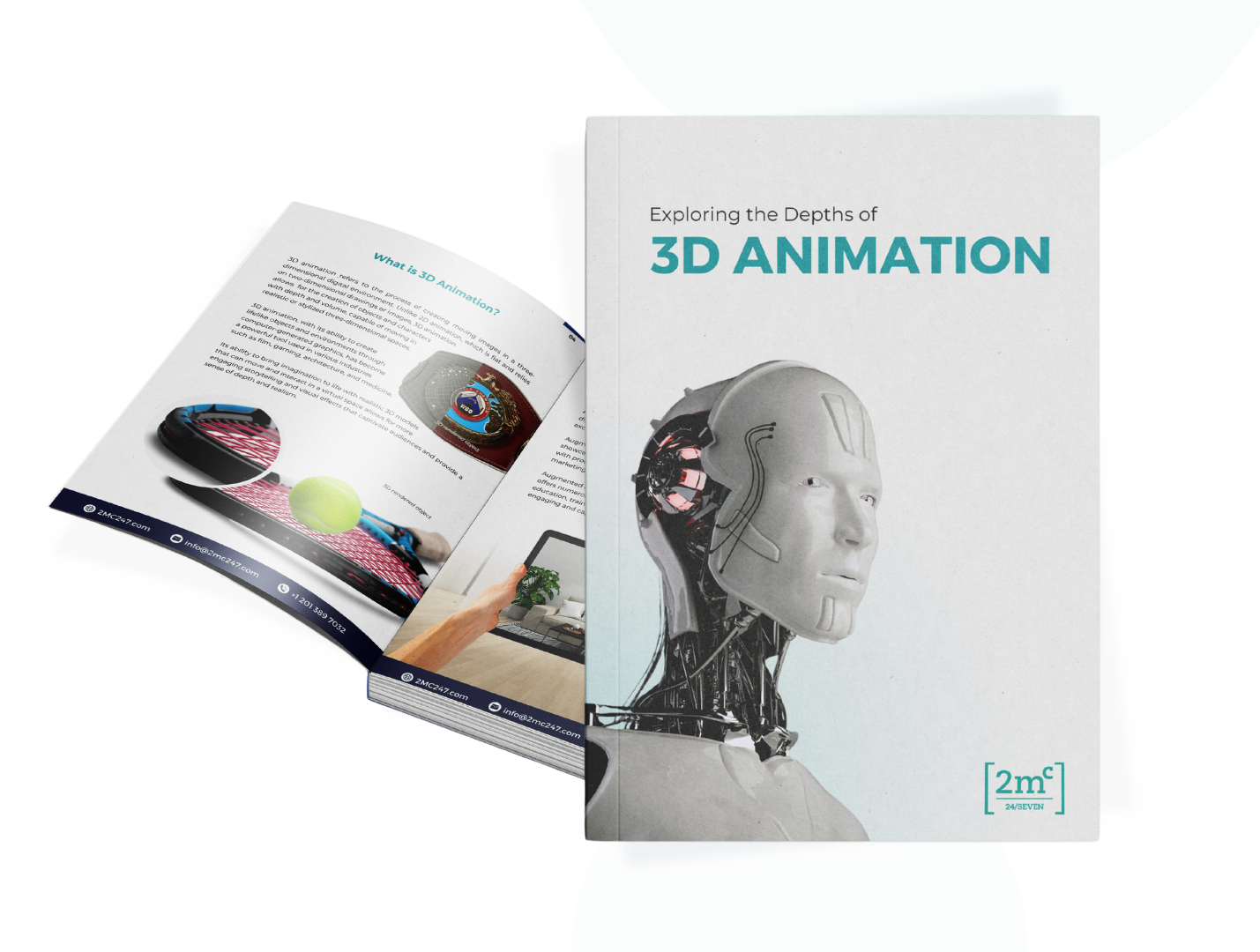3D visualization has revolutionized various industries by providing a detailed and immersive understanding of complex data and concepts. This technology allows users to interact with virtual models, enabling them to explore, analyze, and manipulate objects in three-dimensional space.
Today we’re going to explore the different applications of 3D visualization across a range of industries. Let’s begin.
What is 3D Visualization?
3D visualization is the process of creating interactive, three-dimensional images from data sets. It is used to explore and analyze data, create presentations, and communicate complex information. 3D visualization can be used to create realistic images, animations, and simulations for a variety of applications, including medical imaging, engineering, and scientific research.
This technique utilizes specialized software and techniques to generate realistic visualizations that can be explored from different angles. The main benefit of 3D visualization is its ability to provide a more immersive and interactive experience compared to traditional two-dimensional representations. It allows users to manipulate objects, change viewpoints, and simulate real-world scenarios.
Why is 3D Visualization Important?
An in-depth understanding of complex data sets can be achieved through the use of three-dimensional representations. 3D visualization offers several advantages, applications, and benefits that have a significant impact on various fields.
Firstly, it allows for improved spatial comprehension by providing a realistic representation of objects or environments. This enables users to explore and analyze data from different perspectives, leading to better decision-making processes.
Secondly, 3D visualization enhances communication and collaboration among professionals in areas such as architecture, medicine, and engineering. By visualizing designs or medical imaging data in three dimensions, stakeholders can easily comprehend complex concepts and contribute their expertise effectively.
Lastly, this technology finds applications in virtual reality (VR) and augmented reality (AR), creating immersive experiences with interactive elements that enhance learning, training simulations, and entertainment industries.
In essence, 3D visualization simplifies complex information while engaging users visually. Its significance lies in its ability to provide a versatile tool for diverse purposes in various sectors.
As we venture further, we will explore the numerous applications of 3D visualization. From innovative architectural designs to cutting-edge medical advancements, and from captivating virtual experiences to transformative training simulations, the possibilities are limitless.
3D Imaging
3D imaging is a technology that uses specialized cameras and software to capture three-dimensional images of objects. It is used in a variety of industries, including medical imaging, engineering, and entertainment. It involves capturing the geometric and visual properties of the object to generate a realistic 3D model.
3D imaging can be used to create detailed models of objects, as well as to create realistic simulations and animations.
Key Differences between 3D Imaging and 3D Visualization
The key difference between 3D imaging and 3D visualization lies in their respective focuses. While 3D imaging primarily deals with the acquisition and creation of accurate three-dimensional representations, 3D visualization emphasizes rendering these representations into visually appealing and interactive displays.
Here’s what we mean in detail:
3D imaging primarily focuses on capturing real-world objects or scenes using various technologies such as laser scanning or structured light systems to create a digital representation. This process involves acquiring detailed geometric data, including shape, size, and surface texture.
As an example, imagine a team of architects working on a renovation project for an old building. They use laser scanning technology to capture precise measurements of the building’s interior and exterior, including intricate details such as ornate architectural features and structural elements. This process generates a highly accurate digital representation of the building’s geometry, providing the architects with a comprehensive understanding of its existing state.
On the other hand, 3D visualization is concerned with rendering and displaying these acquired data sets in a visually appealing manner that allows for interactive exploration and analysis. It involves creating virtual environments or models based on the acquired data, enhancing them with textures, lighting effects, and realistic rendering techniques to provide a visually immersive experience.
Now let’s go back to our architects. Once they have the 3D data from the scanning process, they can utilize 3D visualization techniques to create a virtual model of the building. They enhance the model with realistic textures, lighting effects, and accurate surface finishes.
With the help of advanced rendering techniques, they can explore the model from different angles, walk through its virtual spaces, and even make virtual modifications to test design ideas. This immersive visualization experience allows the architects to assess the proposed renovations, identify potential issues, and make informed decisions about the project.
While both disciplines contribute to the creation and understanding of three-dimensional objects or scenes, 3D imaging is concerned with generating accurate representations from real-world data sources, whereas 3D visualization focuses on presenting these representations in an aesthetically pleasing manner for better user perception and interaction.
What is 3D Product Visualization?
3D product visualization is a process of creating realistic 3D models of products to be used for marketing, product design, and engineering purposes. It allows companies to create realistic representations of their products, enabling them to showcase their products in a more engaging way.
3D product visualization also helps to reduce the cost of prototyping and allows for faster product development. In addition, interactive product visualizations enable users to interact with the virtual representation of the product, exploring its features from different angles and perspectives.
Realistic product modeling techniques ensure that the virtual representation closely resembles the actual physical object, enhancing the credibility and believability of the visualization.
Moreover, immersive product experiences can be created using technologies like virtual reality (VR) or augmented reality (AR), allowing users to experience products in a simulated environment. This creates opportunities for marketing and sales purposes by providing customers with an engaging and interactive way to explore products before making purchasing decisions.
Why 3D Product Visualization?
3D product visualization is an essential tool in today’s market as it allows businesses to showcase their products in a realistic and interactive way. By using 3D modeling and rendering techniques, companies can create highly detailed virtual representations of their products, including accurate textures, lighting, and animations.
This enables customers to have a clear understanding of the product’s design, features, and functionality before making a purchase decision.
Examples of 3D Product Visualization
An effective utilization of 3D product visualization allows consumers to emotionally connect with products through realistic and immersive representations.
In the field of fashion visualization, 3D technology enables designers to showcase their clothing lines in virtual environments, providing customers with a lifelike experience of how the garments will look and fit.
In furniture design, virtual prototypes can be created using 3D visualization techniques to test functionality and aesthetics before manufacturing.
Similarly, food and beverage visualization allows restaurants and culinary brands to present their dishes in a visually appealing way, enticing customers with mouth-watering images that accurately represent the final product.
All these examples demonstrate the diverse applications of 3D product visualization across various industries, allowing for enhanced customer engagement and informed purchasing decisions.
What is 3D Visualization in Architecture?
3D visualization in architecture is the process of creating 3D models of buildings and other structures to help architects and designers visualize their projects. It allows for a more accurate representation of the design, as well as the ability to make changes quickly and easily. 3D visualization also helps to identify potential problems before construction begins, saving time and money.
Architecture professionals often employ advanced 3D visualization techniques to enhance the design process and communicate complex ideas effectively. This technology has revolutionized the field by providing architects with a powerful tool to create realistic virtual models of buildings and urban environments.
In urban planning, 3D visualization allows designers to visualize how different elements such as roads, buildings, and parks will interact in a three-dimensional space. This enables them to identify potential issues and make informed decisions about the layout and design of cities.
Real estate professionals also benefit from 3D visualization as it provides potential buyers with immersive virtual tours of properties, allowing them to explore spaces without physically visiting them.
Lastly, 3D visualization is becoming increasingly important in the realm of virtual reality (VR). Architects can create interactive VR experiences that allow users to navigate through virtual buildings or cities, giving them a sense of scale and spatial understanding that traditional drawings cannot convey.
Overall, 3D visualization has become an indispensable tool for architects and other professionals in the field by enabling them to better analyze, communicate, and present their designs in a visually compelling manner.
3D Visualization in Interior Design
Moving on from the application of 3D visualization in architecture, another area where 3D visualization has found significant use is in interior design.
3D visualization has revolutionized the way interior designers conceptualize and present their ideas to clients. By creating accurate and realistic virtual representations of spaces, designers can effectively communicate their vision and enable clients to better understand the final outcome.
3D Visualization in Marketing and Advertising
Revolutionizing the marketing and advertising industry, 3D visualization enhances product presentation and captivates consumers with its immersive visual experiences.
Virtual reality advertising allows companies to create interactive and engaging campaigns that transport consumers into virtual worlds, providing a unique and memorable experience. Augmented reality marketing integrates digital elements into the real world, enabling customers to visualize products in their own environments before making a purchase. Interactive 3D presentations offer a dynamic way to showcase products, allowing users to explore every angle and detail.
In retail, 3D visualization enables customers to virtually try on clothes or test furniture placements in their homes, enhancing the online shopping experience. Moreover, immersive branding experiences created through 3D visualization help companies establish strong emotional connections with consumers by immersing them in brand narratives and stories.
Overall, the application of 3D visualization in marketing and advertising opens up new possibilities for creating impactful campaigns that drive consumer engagement and loyalty.
3D Visualization in Engineering and Manufacturing
In the realm of engineering and manufacturing, the integration of 3D visualization technology has brought about a paradigm shift, enabling seamless design prototyping and streamlining production processes.
In the automotive industry, 3D visualization allows engineers to create digital models that can be tested for performance and functionality before physical prototypes are built, reducing costs and time-to-market.
Similarly, in the aerospace industry, 3D visualization plays a crucial role in designing complex aircraft components and simulating their behavior under different conditions. Industrial design also benefits from 3D visualization as it allows designers to visualize their concepts in a realistic manner and make informed decisions based on virtual representations.
3D Visualization in Medical Imaging and Healthcare
The integration of 3D visualization technology has transformed the field of medical imaging and healthcare, allowing for more precise diagnosis and treatment planning.
In surgery, 3D visualization is used to create detailed models of patients’ anatomy, providing surgeons with a better understanding of complex structures and aiding in surgical planning. This technology also enables real-time navigation during minimally invasive procedures, enhancing accuracy and reducing risks.
In diagnostics, 3D visualization allows for the analysis of volumetric data from medical scans, enabling radiologists to detect and characterize abnormalities more accurately. Furthermore, 3D visualization enhances patient education by providing visual representations that can be easily understood by patients, improving their comprehension of medical conditions and treatment options.
In medical research, this technology facilitates the exploration and manipulation of complex datasets, contributing to advancements in areas such as drug discovery and disease modeling. Additionally, 3D visualization plays a vital role in telemedicine by enabling remote collaboration between healthcare professionals for consultations and surgical guidance.
The application of 3D visualization in medical imaging and healthcare has revolutionized these fields by enabling better diagnostic capabilities, improved patient outcomes through personalized treatment planning, enhanced research opportunities, and expanded access to specialized care through telemedicine platforms.
3D Visualization in Education and Training
Enhancing education and training, the integration of 3D visualization technology provides a comprehensive and immersive learning experience, allowing students to grasp complex concepts with greater depth and precision.
Education technology has revolutionized traditional teaching methods by incorporating virtual reality training and interactive simulations. With the use of simulation software, students are able to engage in hands-on learning experiences that simulate real-world scenarios. This enables them to develop practical skills in a controlled environment before applying them in real-life situations.
The interactive nature of these simulations allows for active participation and immediate feedback, enhancing the learning process. Furthermore, 3D visualization technology helps to visualize abstract or complex concepts that are difficult to understand through traditional teaching methods alone. By providing visual representations that can be manipulated and explored from different angles, students can gain a deeper understanding of these concepts.
Future Trends and Advancements in 3D Visualization
Future trends and advancements in 3D visualization include the development of immersive virtual reality experiences that allow users to fully immerse themselves in simulated environments. Virtual reality (VR) technology has been rapidly advancing, with the introduction of high-resolution headsets and motion-tracking systems that provide a more realistic and interactive experience.
This allows for enhanced visualization of complex data sets, enabling users to explore and manipulate 3D models in real-time. Additionally, advancements in augmented reality (AR) technology have the potential to revolutionize how we interact with digital information in our physical environment. AR overlays computer-generated images onto the real world, providing users with an enhanced understanding of their surroundings.
These future trends and advancements in 3D visualization not only have implications for education and training but also extend into various industries such as architecture, medicine, gaming, and entertainment. The integration of VR and AR technologies will likely continue to shape the way we visualize and interact with virtual worlds, creating new opportunities for research, design, communication, and entertainment purposes.
Conclusion
In conclusion, 3D visualization has become an integral part of various industries such as engineering, manufacturing, healthcare, and education due to its ability to provide a realistic and immersive experience. The importance of 3D visualization lies in its ability to enhance communication, improve decision-making processes, and streamline workflow efficiency.
One interesting statistic that adds depth and complexity to the discussion is the fact that according to a report by Research and Markets, the global market for Visualization and 3D Rendering Software estimated at US$3 Billion in the year 2022, is projected to reach a revised size of US$13.3 Billion by 2030, growing at a CAGR of 20.6% over the analysis period 2022-2030.
Furthermore, advancements in technology such as virtual reality (VR) and augmented reality (AR) are further expanding the possibilities of 3D visualization. VR allows users to immerse themselves in a virtual environment while AR overlays digital information onto the real world. These technologies have revolutionized industries like architecture and design by enabling clients to visualize spaces before they are built.
With its wide range of applications across diverse sectors, along with ongoing technological advancements, it is evident that 3D visualization will continue to play a crucial role in shaping our future.
